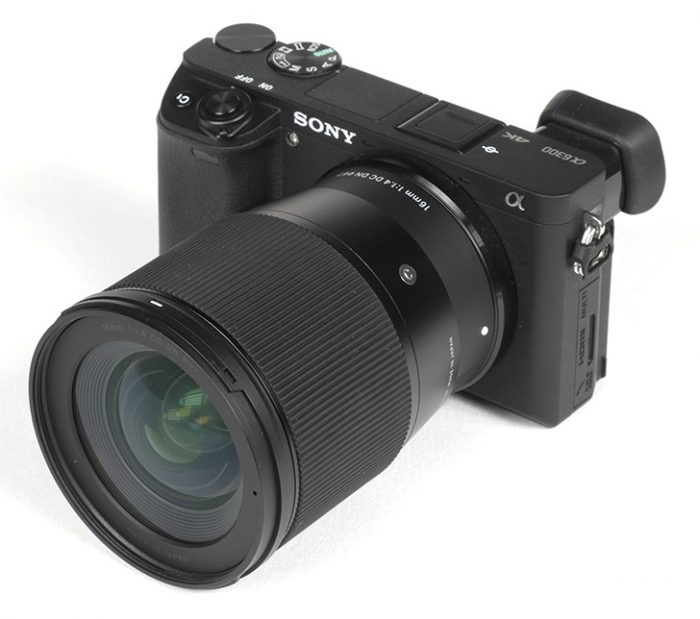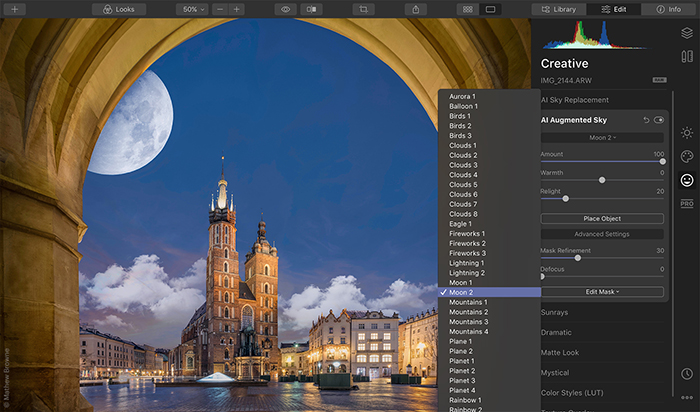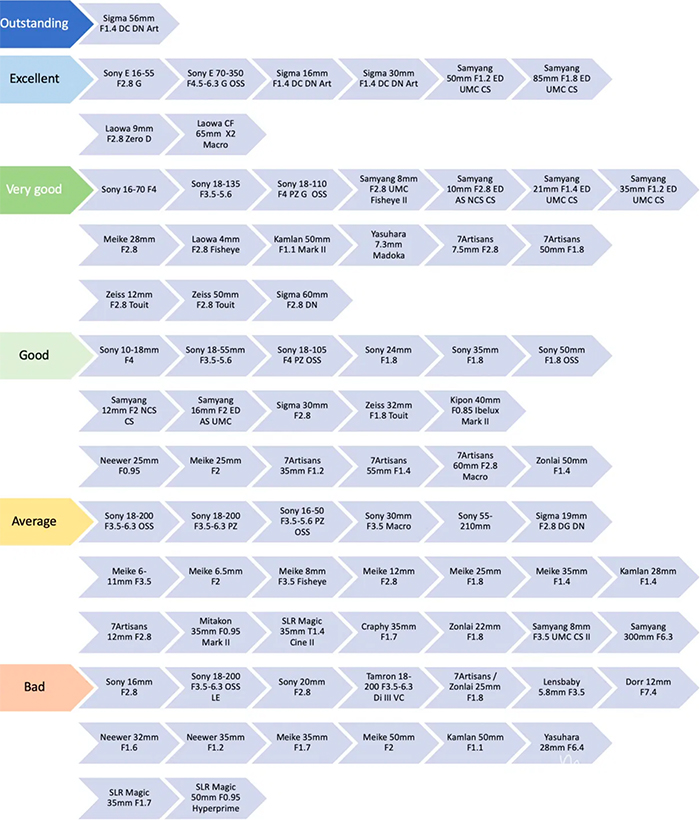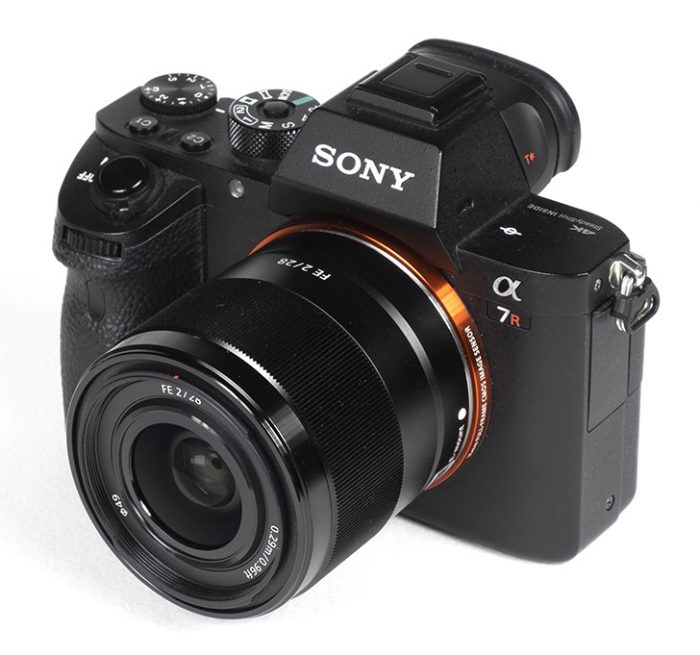
Opticallimits tested the Sigma 16mm f/1.4 E-mount lens:
While there are numerous fast, full format E-mount lenses available, they are very expensive and simply oversized when mounted on APS-C cameras. Sony showed little interest in providing dedicated APS-C prime lenses lately so it’s most welcome that Sigma has taken the leap of faith by providing some new and interesting designs for the smaller format. The Sigma 16mm f/1.4 DC DN Contemporary is about as fast as it can reasonably get without running into a cost trap especially considering the rather wide-angle of view – equivalent to a “24mm” full format lens. Performance-wise it is pretty good but it has a couple of weak spots, too. At maximum aperture, the center resolution is very decent but the corner quality falls apart. Whether sharp corners at f/1.4 are really important is a question of application. For astrophotography, it’s clearly not ideal whereas for shallow depth-of-field scenes, it’s hardly relevant. Stopping down to f/2 helps a lot in the image corners and the results are sharp across the image field from f/2.8 onward until diffraction effects set in. The native vignetting characteristic could be better and image distortions are on the high-side. However, this isn’t too much to worry about with activated auto-correction. Lateral CAs are generally very low. The quality of the bokeh is a bit of mixed bag with very nice out-of-focus highlights but also with a fairly smeary general bokeh rendition.The overall build quality is very good. The lens body is made of metal and the huge, rubberized focus ring is both smooth as well as very grippy. It also has basic sealing of some kind. On the downside, manual focusing is way too coarse to be useful at shorter focus distances. The AF is quite speedy and noiseless though.
The Sigma 16mm f/1.4 DC DN is may not be flawless but given the very reasonable pricing, it’s a great value offering.
Sigma APS-C E-mount lenses:
16mm f/1.4 at BHphoto, Adorama, Amazon. Amazon DE, Amazon UK, Amazon FR, Amazon IT, Amazon ES.
19mm f/2.8 at BHphoto, Adorama, Amazon. Amazon DE, Amazon UK, Amazon FR, Amazon IT, Amazon ES.
30mm f/1.4 at BHphoto, Adorama, Amazon. Amazon DE, Amazon UK, Amazon FR, Amazon IT, Amazon ES.
30mm f/2.8 at BHphoto, Adorama, Amazon. Amazon DE, Amazon UK, Amazon FR, Amazon IT, Amazon ES.
56mm f/1.4 at BHphoto, Adorama, Amazon. Amazon DE, Amazon UK, Amazon FR, Amazon IT, Amazon ES.
60mm f/2.8 at BHphoto, Adorama, Amazon. Amazon DE, Amazon UK, Amazon FR, Amazon IT, Amazon ES.





